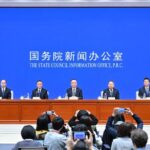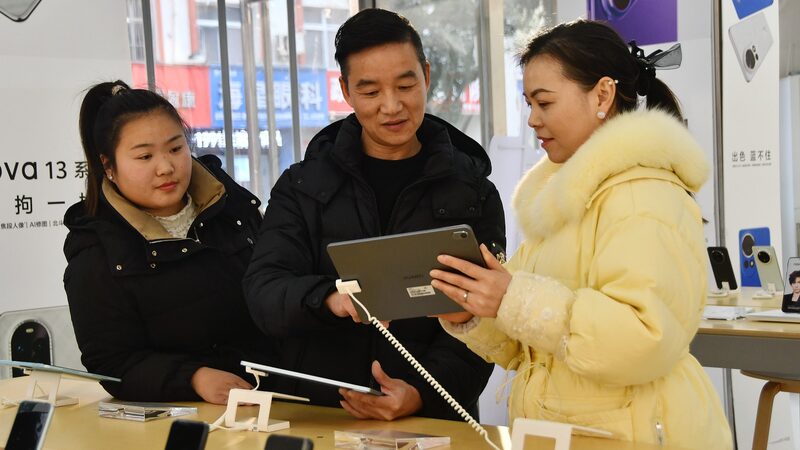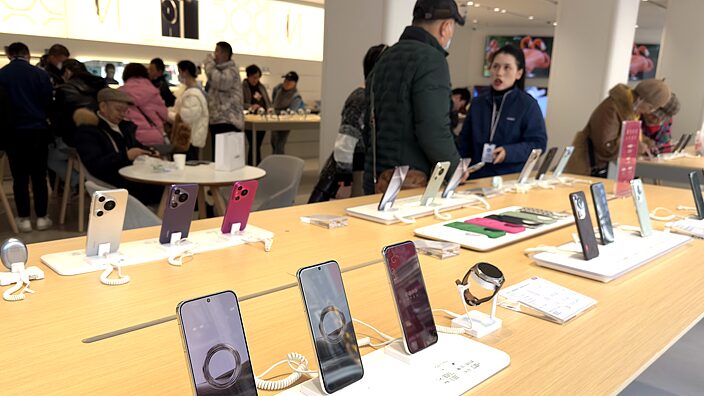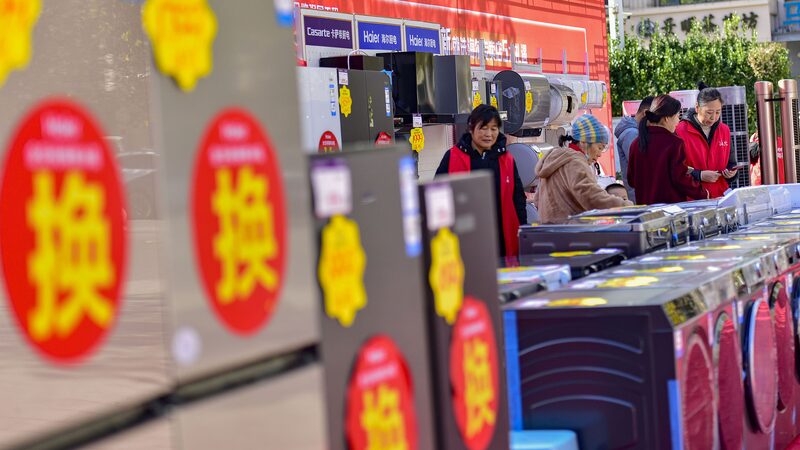China's consumer market is undergoing a transformative shift, fueled by a blend of incremental policies and strategic reforms aimed at revitalizing demand and stabilizing economic growth. The latest measures, introduced earlier this year, have already begun yielding tangible results, from surging tech sales to innovative consumption models.
Dual-Engine Policy Approach
Central to this momentum is the "two new" policy framework, launched in March 2024, which prioritizes large-scale equipment upgrades and consumer goods trade-ins. Expanded subsidies now cover smartphones, tablets, and wearable devices, driving a 26.2% year-on-year surge in communication equipment sales in early 2024. Over 44 million budget-friendly smartphones were sold during this period, signaling renewed consumer confidence.
Digital and Structural Shifts
The National Data Administration's digital consumption upgrade initiative, announced in April, aims to create AI-driven shopping scenarios. This aligns with evolving consumer habits: data from iiMedia Research reveals longer smartphone replacement cycles, highlighting the need for targeted incentives. Meanwhile, emerging sectors like winter tourism, pet-related services, and "China-chic" cultural products are carving new growth frontiers, transitioning China's economy toward innovation-driven models.
Addressing Consumption Barriers
Despite progress, challenges persist. Researchers identify three key hurdles: insufficient income, social security concerns, and limited leisure time. Proposed solutions include expanding employment opportunities, enhancing welfare systems, and enforcing stricter labor protections to ensure adequate rest periods for workers. Analysts suggest these steps could unlock pent-up demand, particularly in underserved markets like elderly care and family-oriented services.
Reference(s):
cgtn.com








